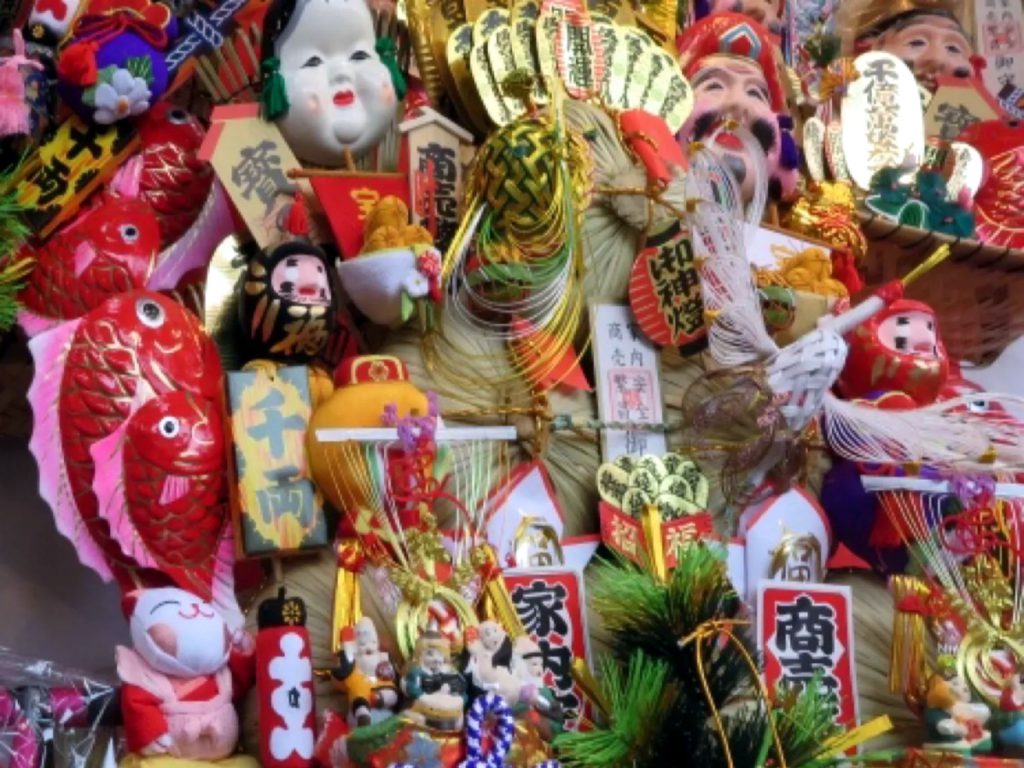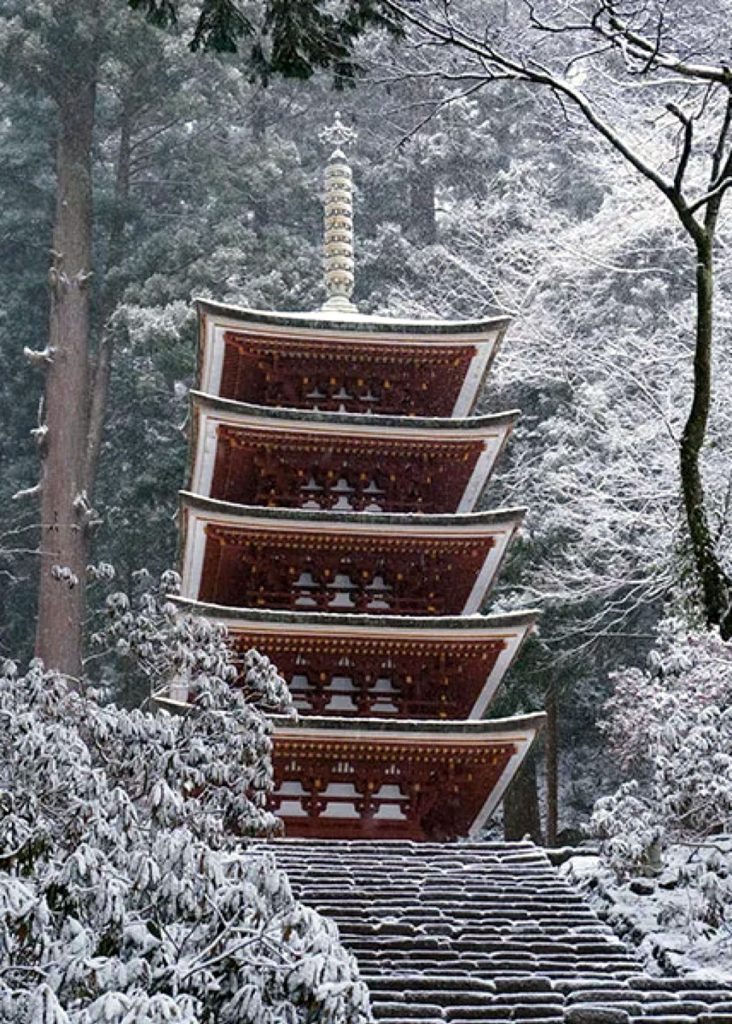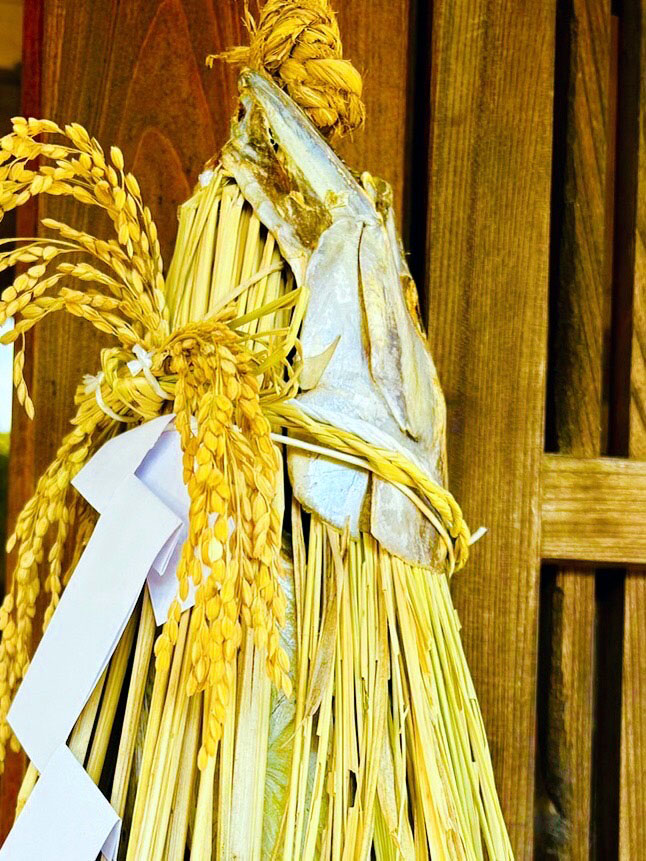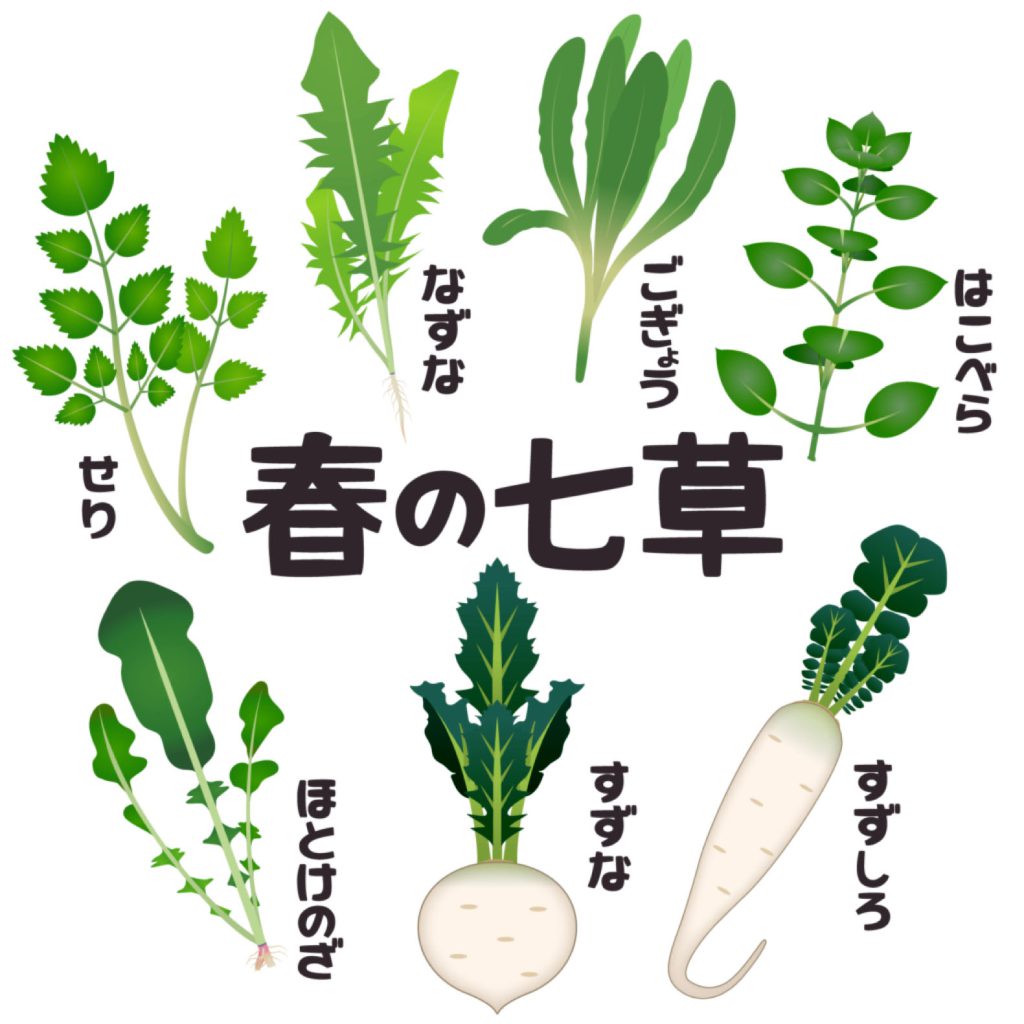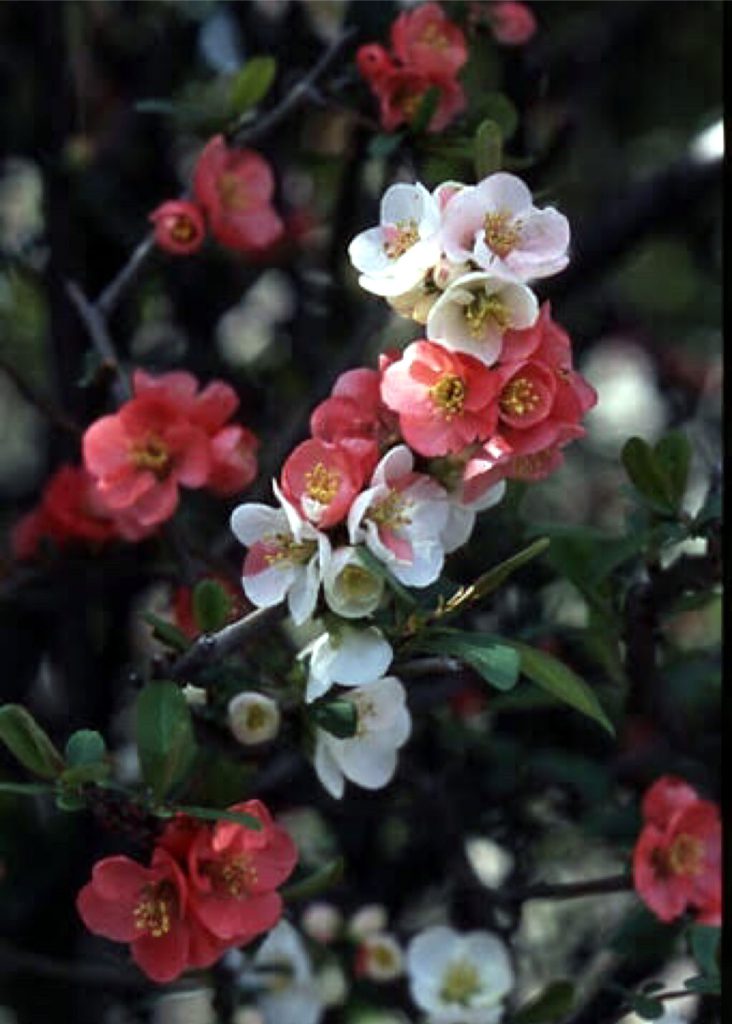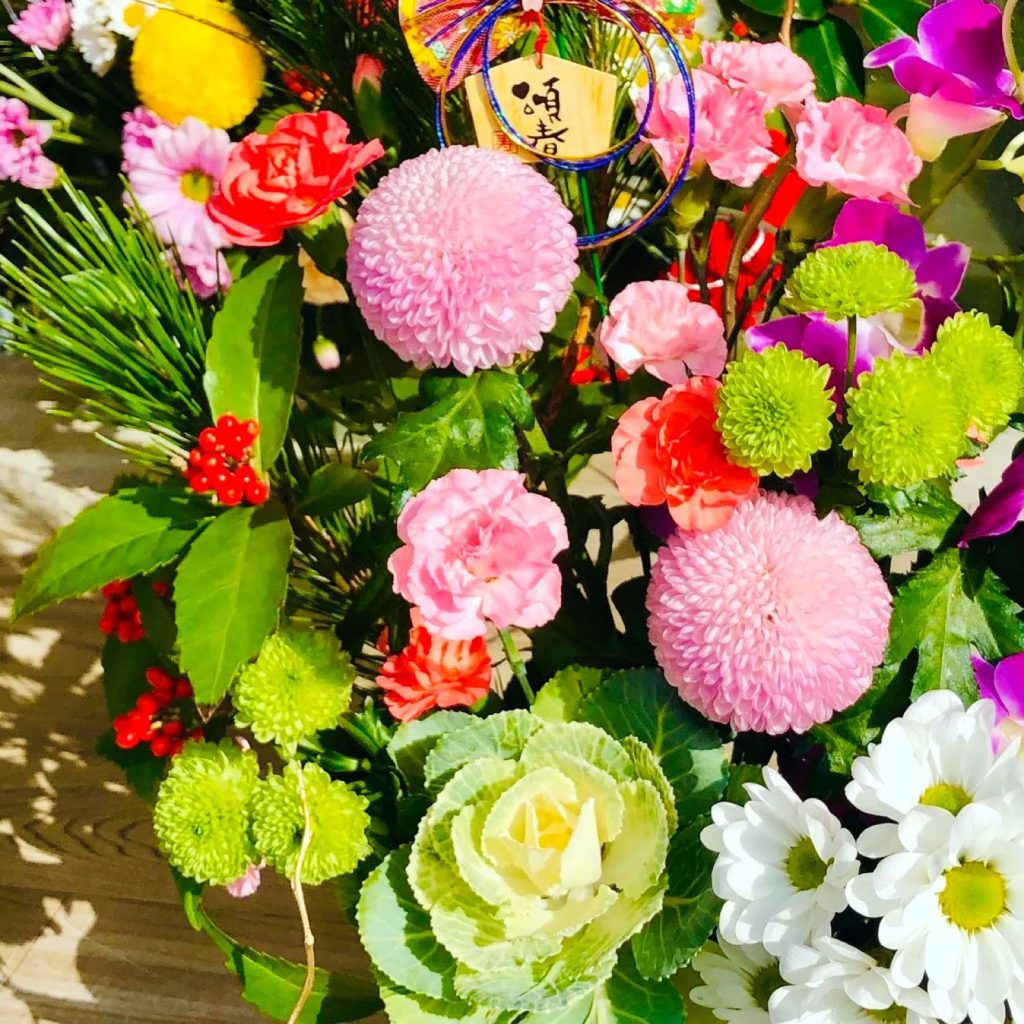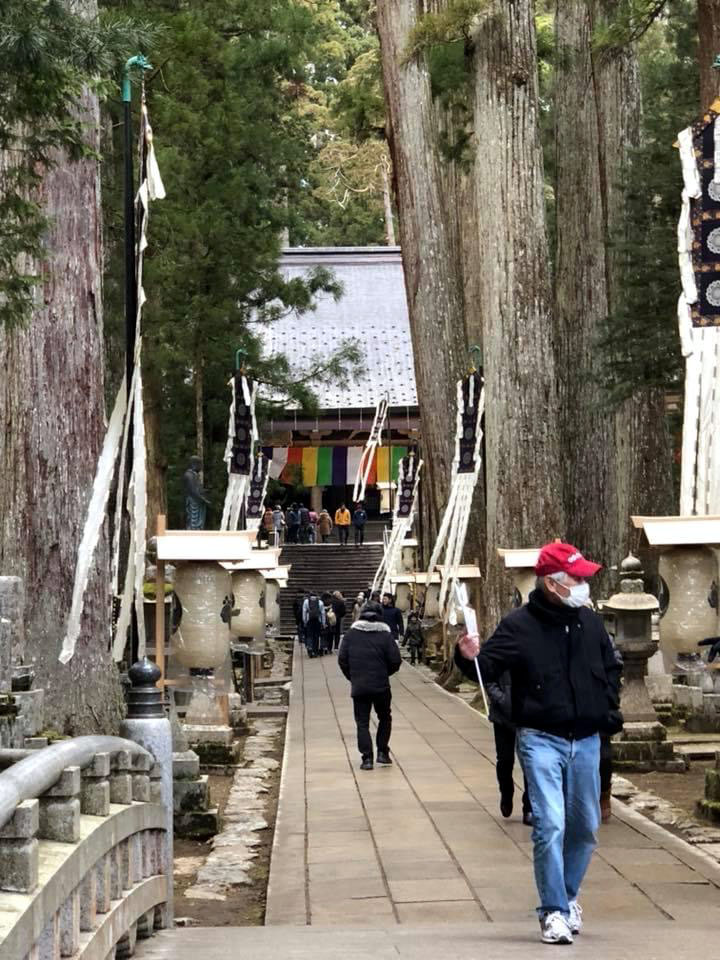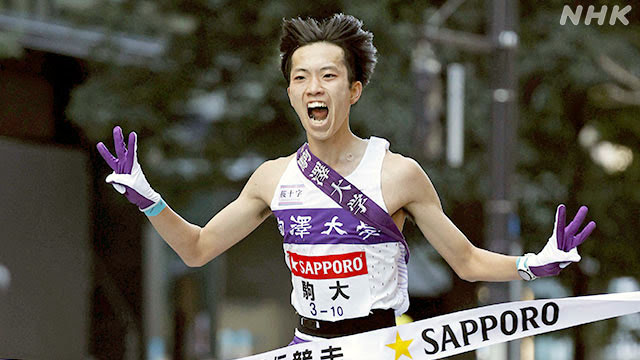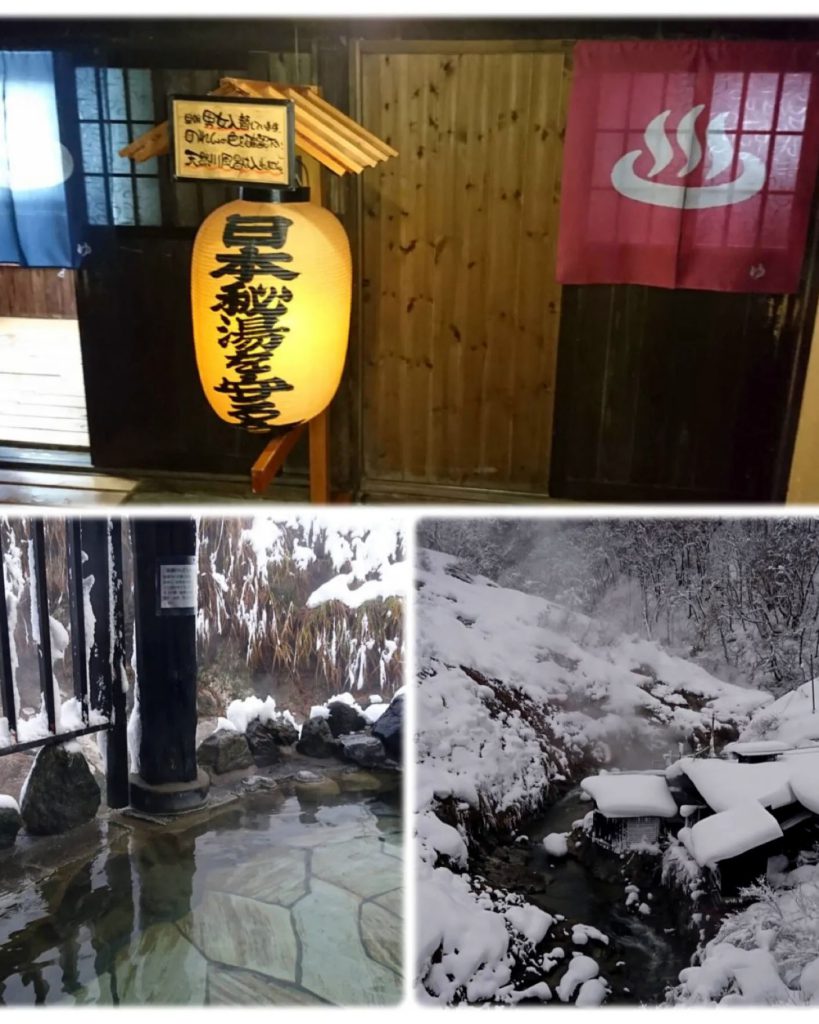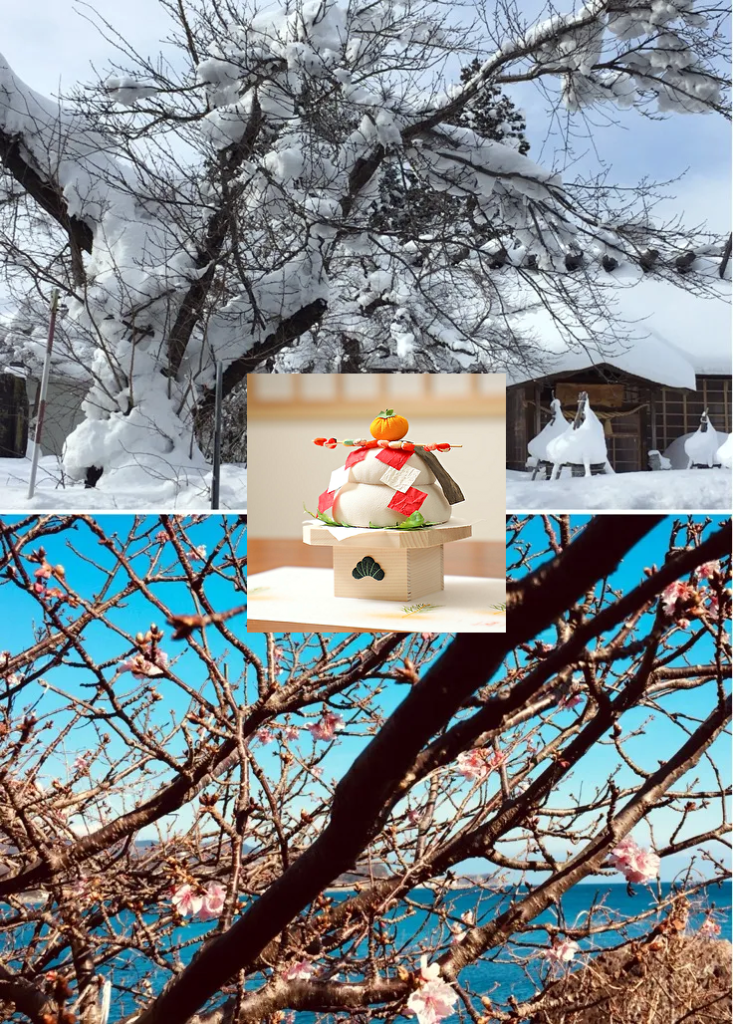
Today, January 11th is Kagamibiraki. Kagami-biraki is a traditional Japanese custom of breaking and eating kagami-mochi, which is displayed at home as a yorishiro (guide) for the god of the new year. By breaking the kagami-mochi, we see off the god of the year, and by eating the rice cake, we receive the blessing of the god of the year and wish for good health. Kagamibiraki is generally held around January 11th, January 15th, and January 20th. In the Kanto region, where Matsunouchi ends on January 7th, January 11th, and in Kansai, where Matsunouchi ends on January 15th, January 15th or 20th. January 11th is also the last day of Ebisu Day in Kansai. Although the event is held in the middle of winter on both days, there are reports of snow from the north and reports of cherry blossoms from the south. Work and school have returned to normal, and traditional events have faded year by year.
今日1月11日は鏡開きです。鏡開きとは、正月に年神様の依代(道案内)として家に飾っておいた「鏡餅」を割って食べる日本の伝統的な風習です。 鏡餅を割ることで年神様をお見送りし、その餅を食べることで年神様の恩恵を受け、「無病息災」を願います。鏡開きは、1月11日、1月15日、1月20日あたりに行われるのが一般的です。松の内(お正月の期間)を1月7日までとする関東では1月11日、松の内を1月15日までとする関西では1月15日または1月20日が多いようです。1月11日は、関西では残り戎の日でもあります。いずれの日も冬真っ最中の寒中の行事ですが、北からは雪便り、南からは桜便りが届いています。仕事も学校ももう平常に戻り、昔ながらの伝統行事も影が薄くなりました。

